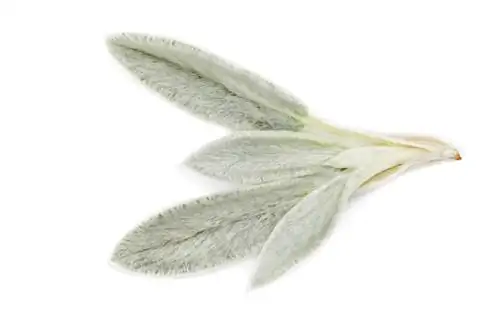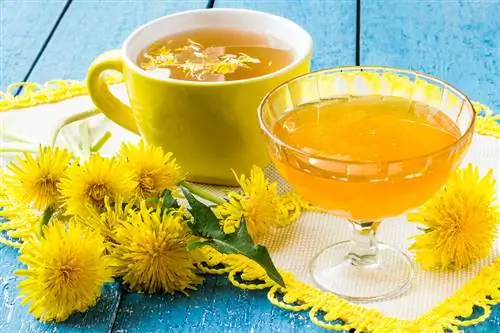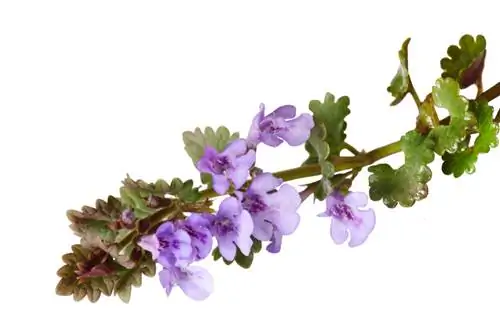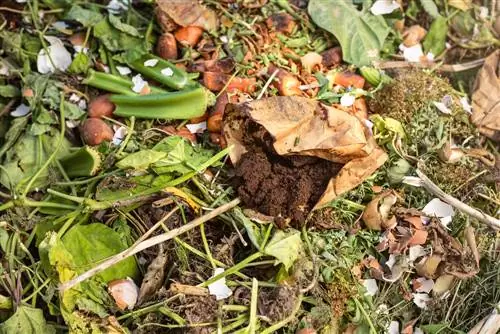- Author admin [email protected].
- Public 2023-12-16 16:46.
- Last modified 2025-01-23 11:20.
The Wollziest (Stachys byzantina) was originally native to countries such as Iran, Turkey and Armenia, but the plant has now been able to spread further in nature due to its exotic appearance and almost worldwide garden culture. This plant has been used in various ways in natural medicine for many centuries.
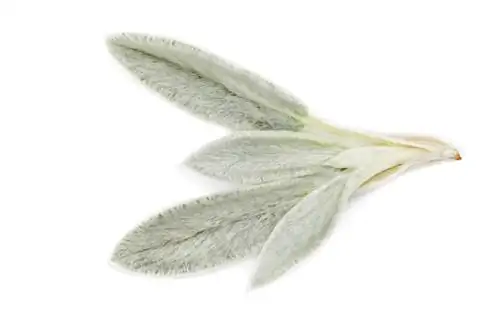
What is the medicinal plant Wollziest used for?
The Wollziest (Stachys byzantina) is a medicinal plant that is used for wounds, eye infections, insect bites, colds, asthma and digestive problems. The leaves have an absorbent, anti-inflammatory and blood clotting effect.
The leaves of the Wollziest as a wound dressing
The leaves of the Wollziests have ensured that this plant is also known as the dog's ear and the silver carpet due to their fine hairs and the silvery shimmering surface in the moonlight. Biologically, this hairiness is due to the fact that the plant protected itself from excessive drying out due to strong sunlight in its original distribution area in Iran, Armenia and Turkey. However, it was discovered in ancient times that the leaves, cut into shapes, have enormous absorbency as a wound dressing. When placed on cuts, they are also said to promote blood clotting and have an anti-inflammatory effect.
Other uses of Stachys byzantina
The Wollziest belongs to the genus Stachys, which also includes the important medicinal herbs Stachys officinalis and Stachys palustris. These were some of the most important natural medicines for the Anglo-Saxons in medieval Britain. In addition to being used as a wound dressing, the Wollziest also develops the effects of the alkaloids and tannins it contains in the following applications:
- for eye inflammation
- for a decongestant effect on insect bites
- Extracts for the treatment of colds, asthma and digestive problems
For insect bites, you can simply crush a leaf of the woolly insect directly over the affected area of skin and drip the juice onto the area. The juice of the leaves is also said to be a natural anti-inflammatory for open wounds and also provide a cooling feeling in the respective area.
Eating Wollziest
In some areas of Brazil it is customary to coat the leaves of the Wollziest in a kind of batter and then deep-fry them in hot oil. This snack is called Lambari according to the English name “Lamb's Ear” and has a particularly characteristic slightly bitter taste.
Tip
Since the Wollziest reproduces relatively quickly even on dry soils and with little care, it can (in certain quantities) serve as a tolerable feed for hares and rabbits.

